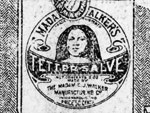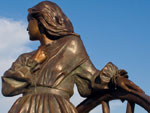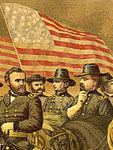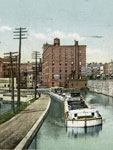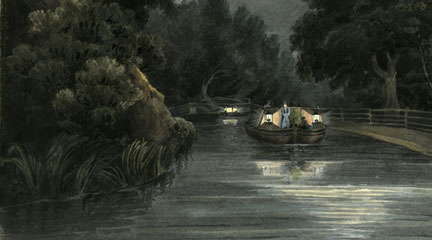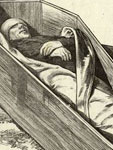This lesson from Teachers’ Domain examines how the construction of the Erie Canal affected the geographic, economic, and political landscape of the United States. In exploring these issues, students are presented with four computer-based activities.
The first two activities—viewing documentary video clips—are engaging, brief, and informative. These clips could be projected to the whole class if a teacher does not have access to multiple computers.
The third—an interactive graphic organizer—allows students to categorize different consequences of the construction of the Erie Canal in terms of geographic, political, and economic effects. The interactive graphic organizer allows students to draw connections between consequences in different categories and explain how they are interconnected in a pop-up comment box. After they are done, students can print out the graphic organizer.
The final activity in the lesson, which requires students to read and write, can be done either on a computer or not. It asks students to synthesize information from the video clip and a background reading (available in two different reading levels), and students can choose from three different writing assignments.

